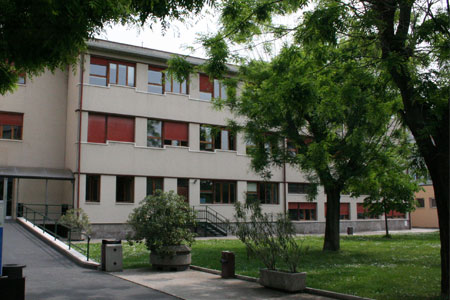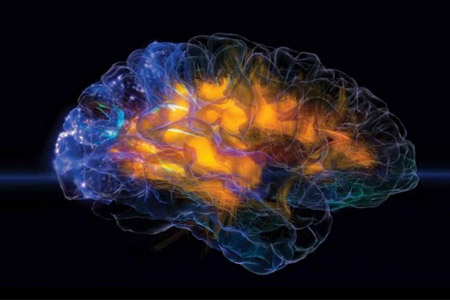OBIETTIVI
Valutazione dell’effetto protettivo di MS-275 e resveratolo in topi SOD1(G93A) e dell’effetto esercitato da MS-275 e resveratolo su colture cellulari di motoneuroni.
Epigenetic therapy: new pharmacological approaches for the treatment of ALS
PROCEDIMENTO
Defects in histone homeostasis (acetylation and deacetylation) have been recently implicated in neurodegenerative diseases, including ALS. Histone acetyltransferases (HATs) and histone deacetylases (HDACs) catalyze acetylation and deacetylation, respectively, of histone proteins Lys (K) residues. The interplay between HATs and HDACs alters the net balance of histone acetylation levels, thereby remodeling chromatin structure. HATs and HDACs use as substrates also non-histone proteins, notably transcription factors, such as nuclear factor (NF) ĸB. Transcriptional dysregulation occurs in human sporadic ALS and in the SOD1(G93A) mouse model. Findings from murine models of neurodegenerative diseases strengthen the idea that epigenetic dysregulation could play an important role in ALS pathogenesis. HDAC inhibitors could induce the expression of multiple downstream targets that might collectively elicit neuroprotective effects. The NFĸB/Rel family of transcription factors notably plays a key role in neuroprotection also in neurodegenerative diseases. The effect of NFĸB activation on motoneuron death in ALS remains to be determined, but it is known that an unbalance of RelA acetylation can trigger cell vulnerability. RelA acetylation and post-transcriptional modification play a crucial role in activating NFĸB to achieve full transcriptional activity through which NFĸB inhibits programmed cell death. In this context, the present project is based on the working hypothesis that optimal RelA and histone acetylation modulates the cell death cascade activating Bcl-xL expression and repressing the Bim promoter, thus resulting in motoneuron protection. Applying in vivo and in vitro ALS models, we will test the combined effect of treatment with the selective HDAC inhibitor MS-275 and the sirtuin1 activator resveratrol. Our study could contribute knowledge on novel molecules involved in motoneuron survival and open promising strategies that could be rapidly testing in ALS patients.
FINANZIAMENTI O FONDI DI RICERCA GESTITI DALL’ATENEO
Nome dell’Ente finanziatore Università degli Studi di Verona
ANNO 2015
IMPORTO TOTALE 14.025,00 €
TIPO gestito dal Dipartimento
Per progetti di ricerca congiunta con Imprese ed Enti – Joint Projects
Contributo partner esterno: 25.000,00 €
Cofinanziamento Dipartimento: 10.000,00 €
MAIN PARTNER
Fondazione Ospedale San Camillo IRCCS







